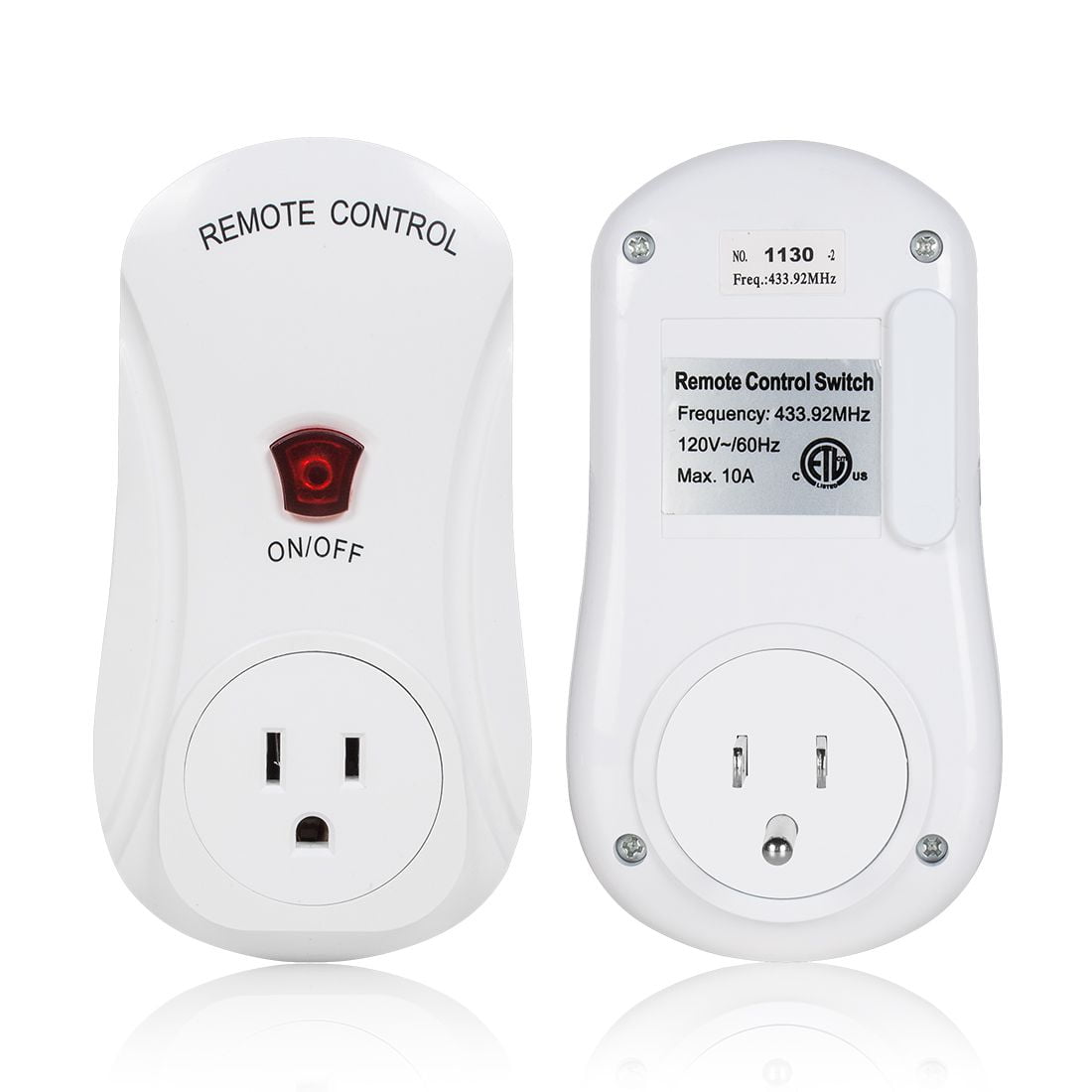



This is because Philips Hue don’t just produce smart lighting. Yes they’re expensive, but the fact that they use Zigbee is actually a big benefit for cases like this. Solution 1: Philips Hue for the win!Īh, Philips Hue: the oft-criticized smart lighting platform. There are some disadvantages to each approach, which I cover in the following sections. As I touched on at the start of the article, there are ways of having a smart plug with a physical remote to control it. So what are your options – do you simply have to give up on the idea of a smart plug? Well no, thankfully not. Pressing the physical button: this isn’t possible if the smart plug is in a hard to reach area.But if you do, you still need to remember the exact command to say – and hope that Alexa/Google Assistant understands it fully! Using your voice: you might not have a smart speaker nearby.But even if you do, you’d need to unlock it, find the relevant app, launch it, and then control the smart plug. Using your smartphone app: you may not have your phone nearby.However, all of these methods can be frustrating and cumbersome at times: Pressing the physical button on the smart plug: most (but not all) smart plugs have a physical button on them which will allow you to control the plug in the standard on/off way:.Using your voice: pretty much all smart plugs available nowadays support Alexa and Google Home, meaning that you can use your Amazon Echo or Google/Nest Home device to control the plug.Using your smartphone app: the smart plug will come with a companion phone app, and this can be used to turn the plug on and off.You can then set the plugged-in appliance to turn on/off automatically (such as on a pre-set timer), or you can manually control the appliance via the smart plug in a few different ways: Configuring a smart plug via a mobile app.


 0 kommentar(er)
0 kommentar(er)
